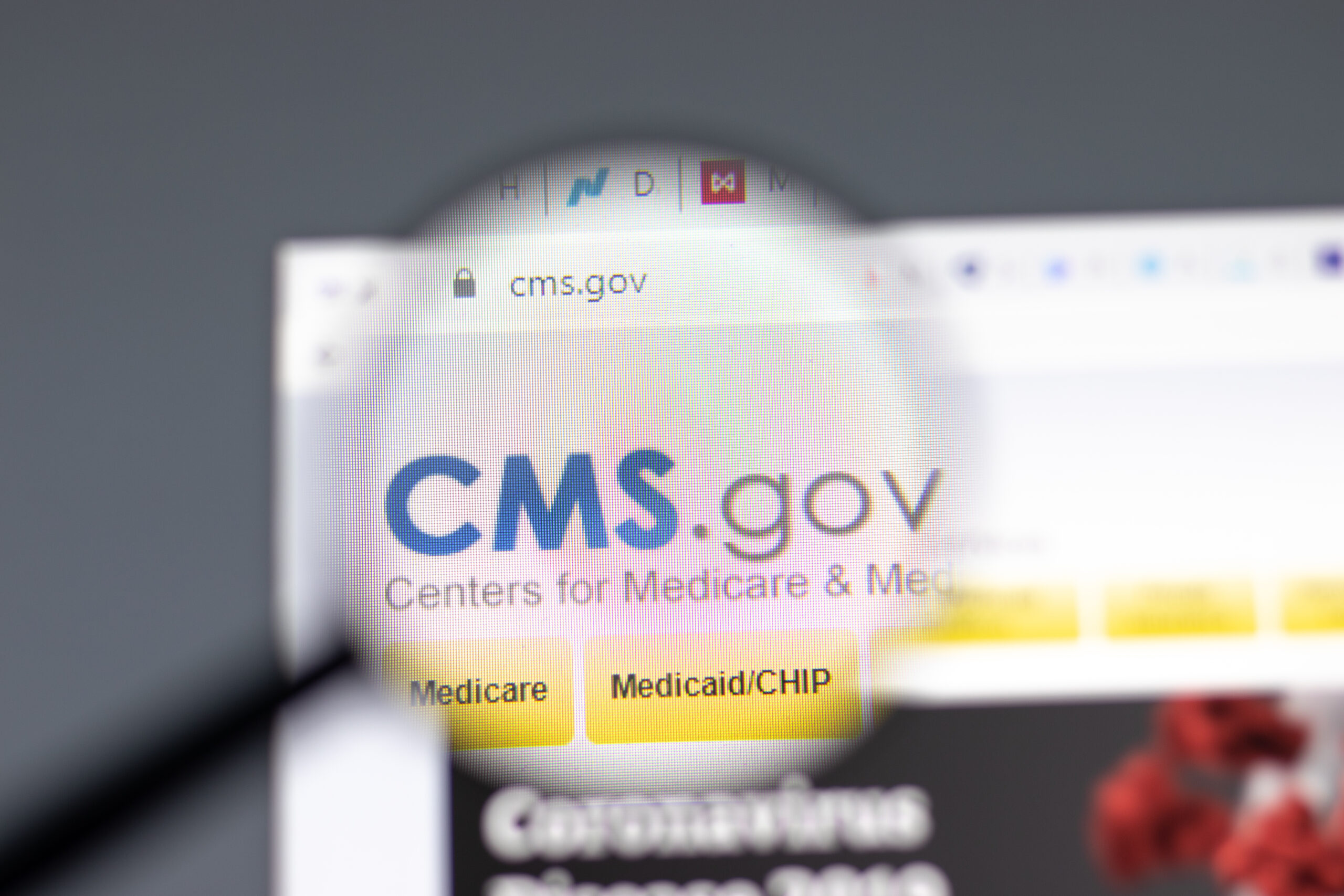
By Steve Zuckerman, cofounder and chief strategy officer, Vatica Health
Over the last several months there have been dramatic regulatory changes that will have a significant impact on Medicare Advantage Organizations (MAOs). The Centers for Medicare and Medicaid Services (CMS) made sweeping changes to both the audit process and underlying risk adjustment model, based on concerns with coding of conditions that the government claims are not credible predictors of future expenditures. These changes are against the backdrop of a wave of lawsuits and reports by the Office of Inspector General (OIG), alleging billions in overpayments emanating from legacy risk adjustment models such as chart reviews and home assessments.
Risk adjustment is the foundation of Medicare Advantage (MA). It’s a necessary but complicated process that ensures at-risk entities have sufficient funding to provide the appropriate care and resources to members based on their clinical profiles. As membership in MAOs has steadily increased over the last decade, so have the costs, leading to recent reforms. The first blow occurred on January 30, 2023, when CMS released the final rule on Risk Adjustment Data Validation (RADV Final Rule). This rule authorizes CMS to extrapolate RADV audit findings across a health plan’s entire membership base. The practical effect is that audits will be more frequent, and the new extrapolation methodology will likely result in much more significant fines and penalties (CMS estimates it will collect $4.7 billion more from plans over the next 10 years).
The government’s next initiative to address coding errors and variations occurred on March 31, 2023, when CMS released the Calendar Year 2024 MA Capitation Rates and Part C and Part D Payment Policies (Final Rate Notice), which shifts diagnosis coding from ICD-9 to ICD-10 and removes over 2,000 codes from the Hierarchical Condition Categories (HCC) model. Despite a massive industry-wide lobbying effort from both payers and providers, the new risk adjustment model was adopted. However, CMS did agree to a phased-in approach over three years which represents a meaningful concession.
Finally, on March 27, 2023, a bipartisan senate bill was introduced by Sens. Bill Cassidy, R-Louisiana, and Jeff Merkley, D-Oregon, entitled the “No Unreasonable Payments, Coding or Diagnoses for the Elderly Act.” This bill seeks to exclude diagnoses from chart reviews and health risk assessments in the calculations of a patient’s risk score. While the bill is in the early stages of consideration, it is consistent with the prevailing perspective and momentum away from legacy models and toward involving treating providers in the risk adjustment process.
The phased-in approach under the Final Rate Notice gives MAOs an important opportunity to review their risk adjustment solutions to make sure they will be effective under the new regulatory landscape. Here are a few practical strategies to consider:
- Provider-centricity will be more critical than ever. As we transition to value-based care, it is critical for payers and primary care physicians (PCPs) to work together to improve care, outcomes and costs. Accurate risk adjustment is essential to ensure appropriate care for MA patients, the fastest growing healthcare segment. Therefore, it stands to reason that payers and providers should collaborate on risk adjustment and quality initiatives. Further, given the loss of several valuable HCCs under the Final Rate Notice, it will be more important than ever to ensure the capture and clinical substantiation of all risk adjustable conditions. Legacy models are deficient, work around providers, disrupt continuity of care and don’t accompany patient care plans. A better approach is to empower the PCP with tools and resources to perform HCC coding because the PCP has an existing relationship with the patient, direct knowledge of the patient’s history, and real-time access to the patient’s medical records. Enhanced payer and provider collaboration in this regard can produce better clinical and financial performance.
- Reevaluate chart reviews and home assessments. Chart reviews and home assessments that lack connectivity to the PCP and don’t impact care are being targeted by the Department of Justice, CMS and OIG. Both may become obsolete if the “No Upcode Bill” is ultimately passed. Lack of clinical oversight and perverse incentives within these legacy risk adjustment models create an environment ripe for error and malfeasance. Another major concern is that they are not coordinated with treating providers and therefore have minimal impact on improving overall population health and value-based care performance. Consider ways to coordinate your chart review and home assessment programs with in-office solutions to keep PCPs at the center of care.
- Focus on accuracy. In light of the RADV Final Rule and the myriad of lawsuits and investigations, at-risk entities should invest in solutions that produce compliant yield. They should focus on improving accuracy and completeness of documentation and coding and include a QI process that reviews both additions and deletions to validate coding prior to submission. The shift to value-based care will put even more pressure on payers and providers to use compliance-centric solutions that are focused on improving the accuracy and completeness of diagnoses codes and documentation.
How Vatica Health can help
Vatica Health is the #1 rated risk adjustment and quality of care solution for health plans and health systems. By pairing expert clinical teams with cutting-edge technology, Vatica increases patient engagement and wellness, improves coding accuracy and completeness, identifies and facilitates the closure of care gaps, and enhances communication and collaboration between providers and health plans. The company’s unique provider-centric solution is used prospectively at the point of care, giving the provider control and ensuring continuity of care. The solution helps providers, health plans and patients achieve better outcomes, together. Vatica Health is trusted by many of the leading health plans and thousands of providers nationwide. For more information, visit vaticahealth.com.




Recent Comments